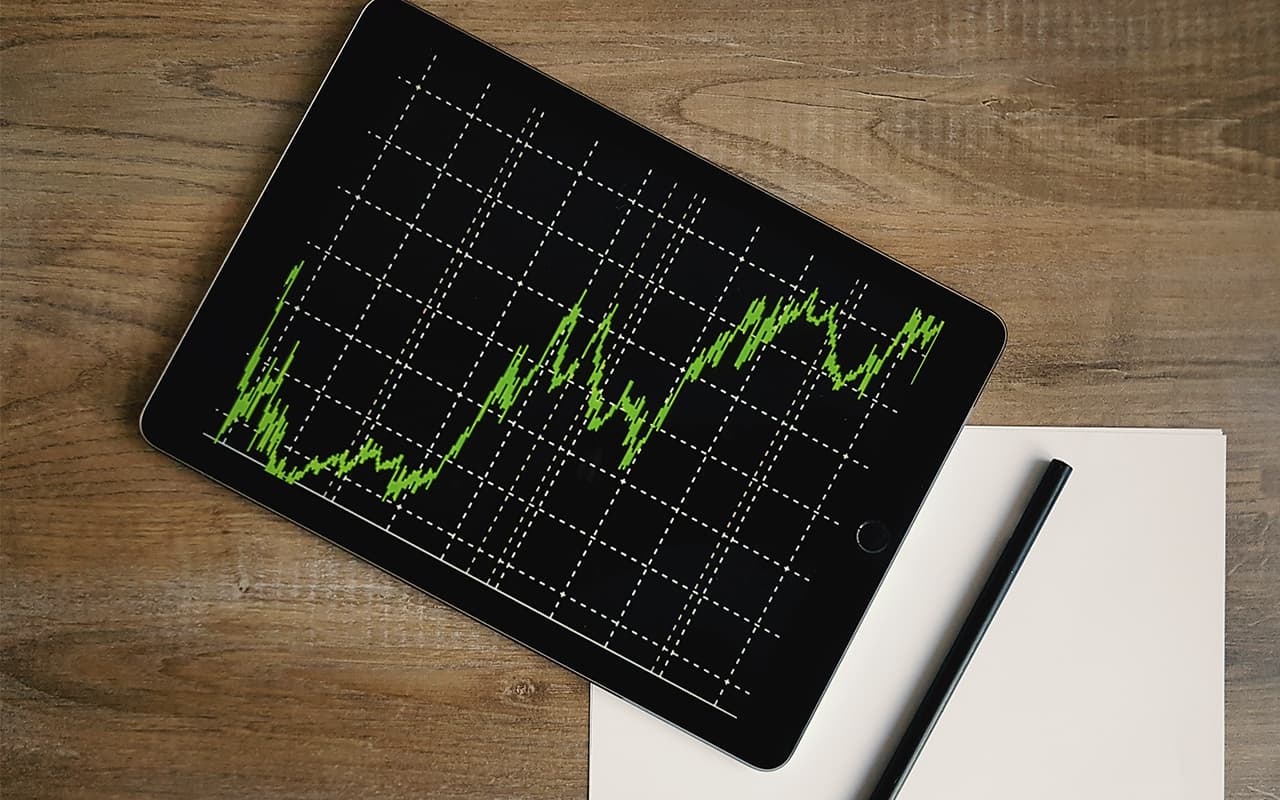The investment world is vast, with options ranging from traditional stocks and bonds to alternative assets like art, wine, or even collectible sneakers. But there’s a rising star in this eclectic mix, capturing the attention of astute investors—custom knives.
Understanding the Custom Knife Market
At first glance, the idea might raise eyebrows. How can a tool—one designed for cutting—be equated with assets like gold or real estate? The answer lies in the intricacies of craftsmanship, history, and rarity.
Custom knives, unlike mass-produced ones, bear the distinct mark of individual craftsmen. These artisans pour hours into designing, forging, and finishing each piece. From the choice of materials—like Damascus steel or exotic hardwoods—to the ergonomic design and intricate engravings, every custom knife tells a story.
In the USA, the appreciation for this craft has been growing exponentially. With platforms dedicated to showcasing and auctioning custom knives and events where artisans and collectors converge, it’s evident that these are no longer just tools—they’re works of art.
The Ascendancy of the Global Knife Market: An Investment Insight
New York, May 01, 2023 — Recent data from GLOBE NEWSWIRE reveals an explosive growth trajectory for the global knife market. Valued at USD 4 billion in 2022, the sector is projected to burgeon to an impressive USD 7.1 billion by 2032, indicating a compound annual growth rate (CAGR) of 6.1% from 2023 to 2032.
Understanding the Knife Market Landscape
The global knife arena is a tapestry of diversity. It comprises kitchen knives, hunting variants, tactical blades, and numerous other types. This eclectic mix is experiencing a burgeoning demand due to several key factors:
Rising Custom Knife Interest: Connoisseurs and enthusiasts are increasingly veering towards bespoke blades, fueling a surge in demand.
Quest for Quality: There’s a palpable demand for high-grade knives.
Online Sales Channels: The digital space is turning into a bustling marketplace for knife transactions, pushing the market’s potential even further.
Key Insights from 2022:
Knife Type Dynamics: Fixed blade knives carved out a dominating presence with a 45% revenue share.
Material Preferences: Steel ruled the roost, accounting for a whopping 60% of global revenue.
Applications Leading the Charge: Kitchen knives sliced through the competition, taking up a 45% market revenue share.
Geographical Powerhouses: Europe was the reigning champ with a 30% revenue share, but the Asia Pacific is poised to display substantial growth through 2032.
Dissecting the Factors Driving Growth
The growth spurt of the knife market isn’t merely incidental. A confluence of factors steers this expansion:
Consumer Demographics & Preferences: Variables like age, income, cultural influences, and lifestyle play pivotal roles in shaping knife demand.
Technological Leaps: Advancements in materials and production have ushered in blades made from titanium, ceramic, and high-carbon stainless steel—each sharper and more resilient than the last.
The Competitive Cauldron: The knife market is teeming with players, each looking to outdo the other. Strategies spanning product innovation, distribution, and pricing will critically influence the market’s trajectory.
Emerging Market Dynamics: The Asia-Pacific and Latin America are expected to be the growth epicenters, driven by increasing home cooking trends and higher disposable incomes.
Customization & Specialization Craze: The modern consumer craves individuality, driving demand for specialized, task-specific blades.
The High-End Knife Wave: Durability, aesthetic allure, and unparalleled sharpness have catapulted high-end knives into the limelight. These often feature premium materials like Damascus steel and titanium.
The knife market, with its blend of tradition and innovation, is fast becoming an investment haven. Whether you’re a seasoned investor or a newbie, the rising arc of this sector offers a promising avenue worth exploring.
Why Invest in Custom Knives?
Limited Availability: By nature, custom means limited. Unlike mass-produced knives, which can be manufactured in the thousands, custom knives are often one-of-a-kind. This rarity inherently drives up value.
Appreciating Asset: As with any art form, as the artist’s reputation grows, so does the value of their work. An investment in a knife from an up-and-coming artisan today could reap significant returns in the future.
Tangible Asset: Unlike stocks or bonds, a custom knife is something you can hold, admire, and even use. This dual function—both as an investment and a utility item—makes it unique.
Historical Significance: Some custom knives carry historical or cultural significance. Whether it’s a design rooted in tradition or a piece forged from material with a storied past, these knives offer more than just monetary value.
Navigating the Investment
But as with any investment, it’s vital to tread with caution and knowledge.
Research: Understand the market. Know the renowned craftsmen, the upcoming stars, and the materials that are in demand.
Authenticate: Ensure that you’re buying genuine pieces. Certificates of authenticity, provenance, and direct dealings with artisans or reputed dealers can help.
Maintenance: Just as you wouldn’t neglect a piece of real estate, don’t neglect a custom knife. Regular maintenance ensures the knife retains its value.
Final Thoughts
Investing in custom knives might not be mainstream—yet. But as the market in the USA and globally continues to grow, it offers opportunities for those willing to delve into its depths. After all, in a world of fleeting digital assets, there’s something profoundly grounding about holding a piece of art, craftsmanship, and history in your hands.
Conclusion:
The allure of custom knives, especially in an era dominated by intangible assets, cannot be overstated. Among the standout names in this niche market is Noblie, renowned for their exquisite craftsmanship and unique designs. For those intrigued by the world of bespoke blades, a visit to the Noblie website offers a gateway into a realm of unparalleled artistry and heritage.



